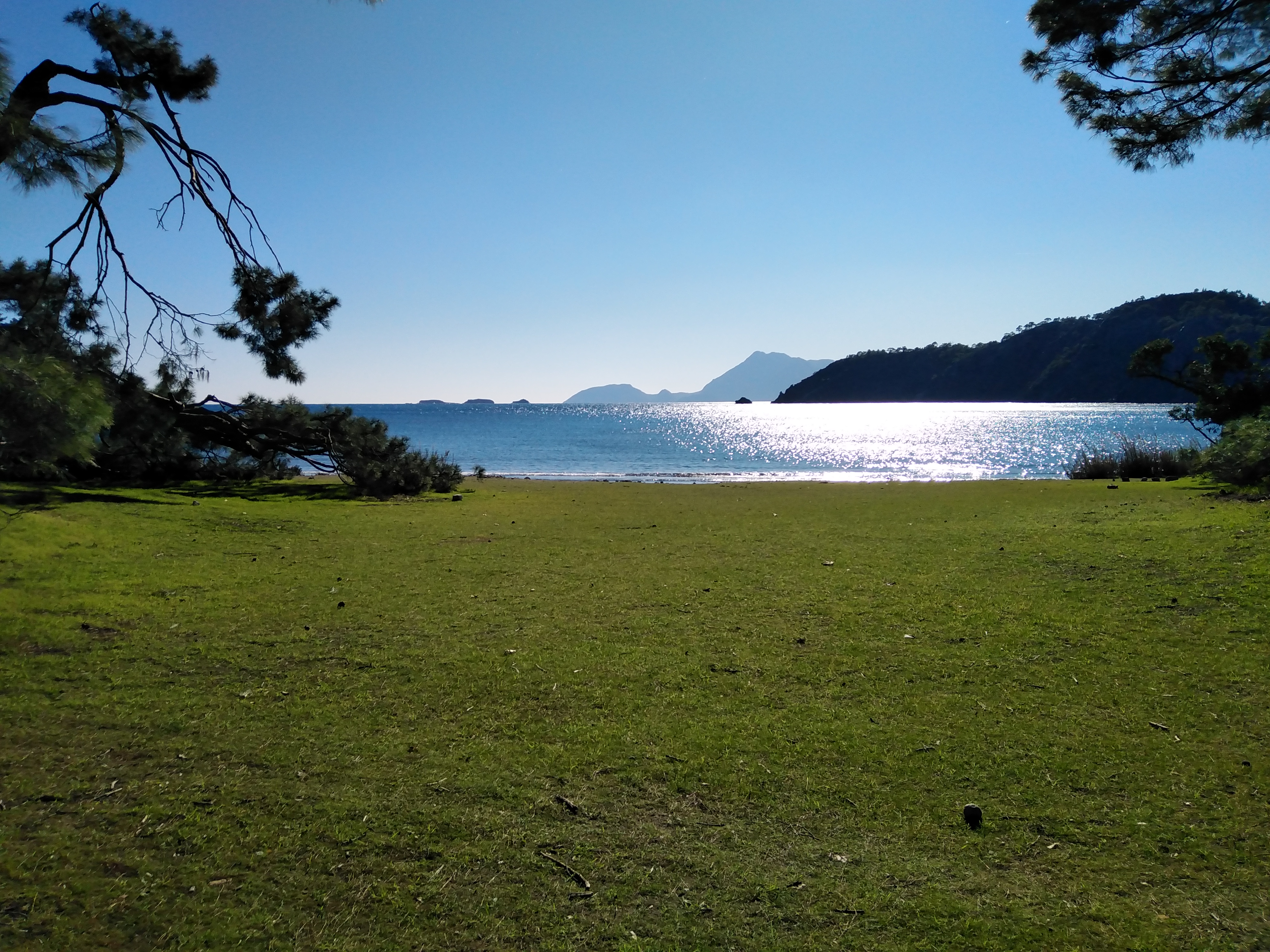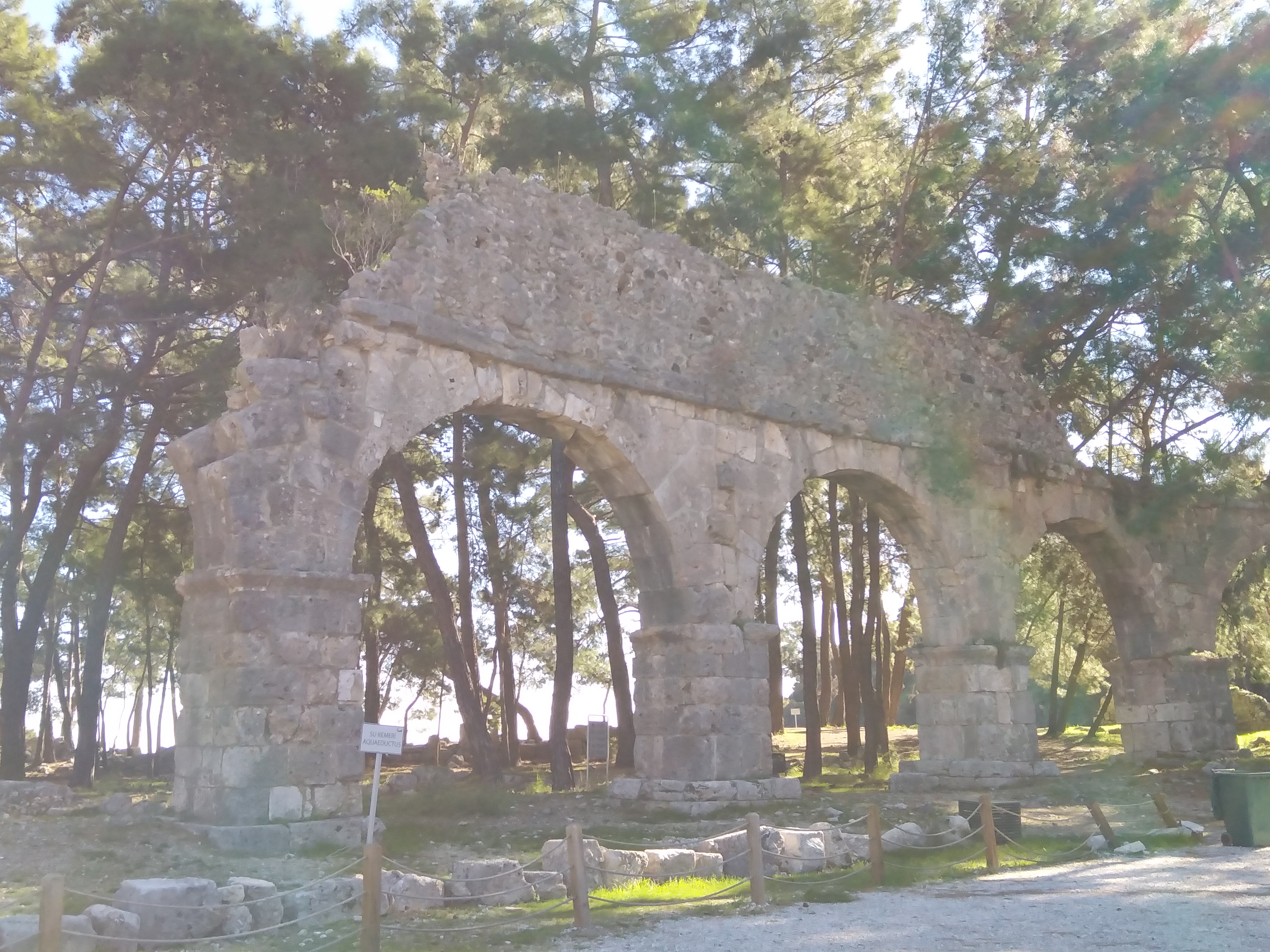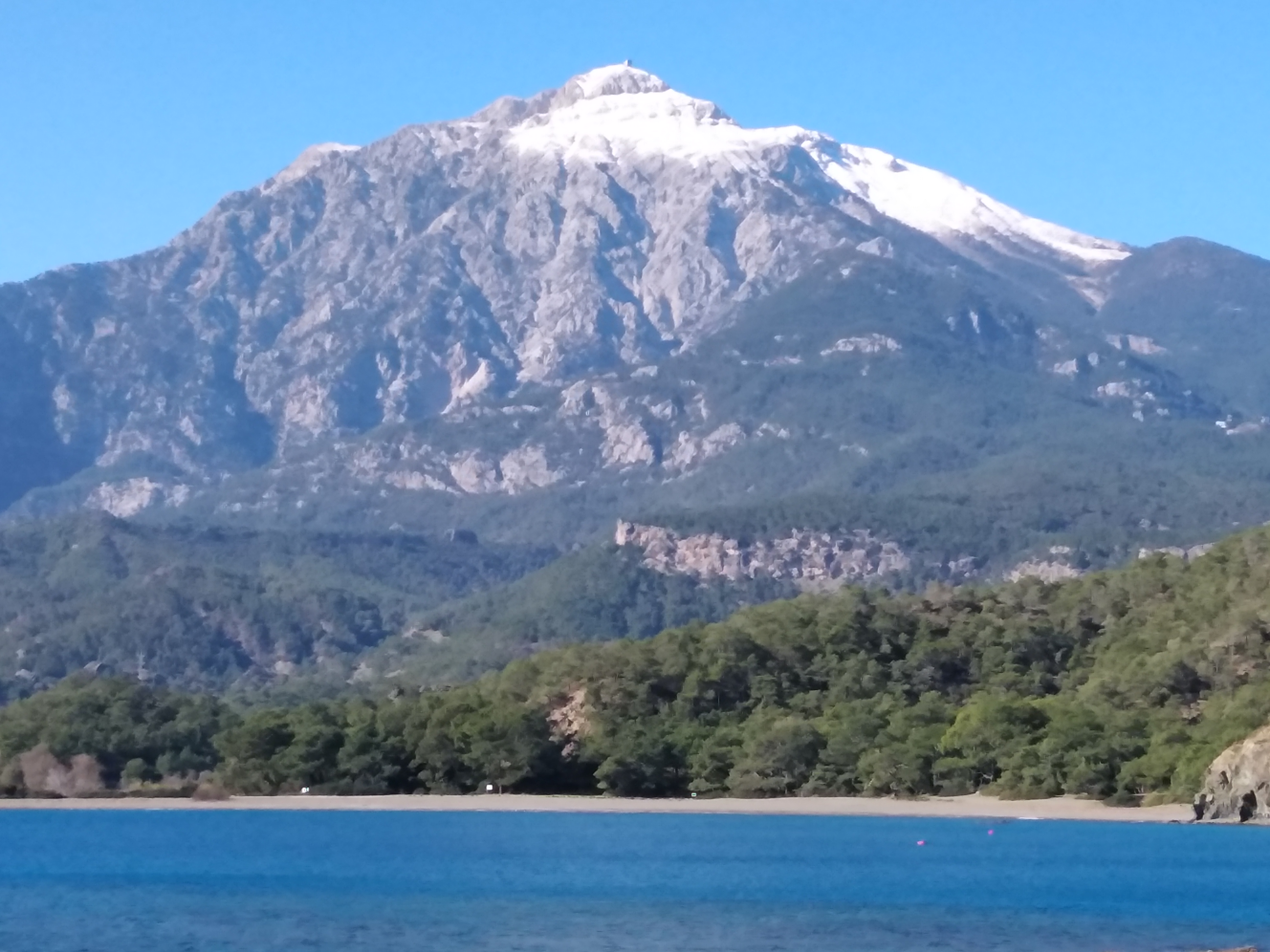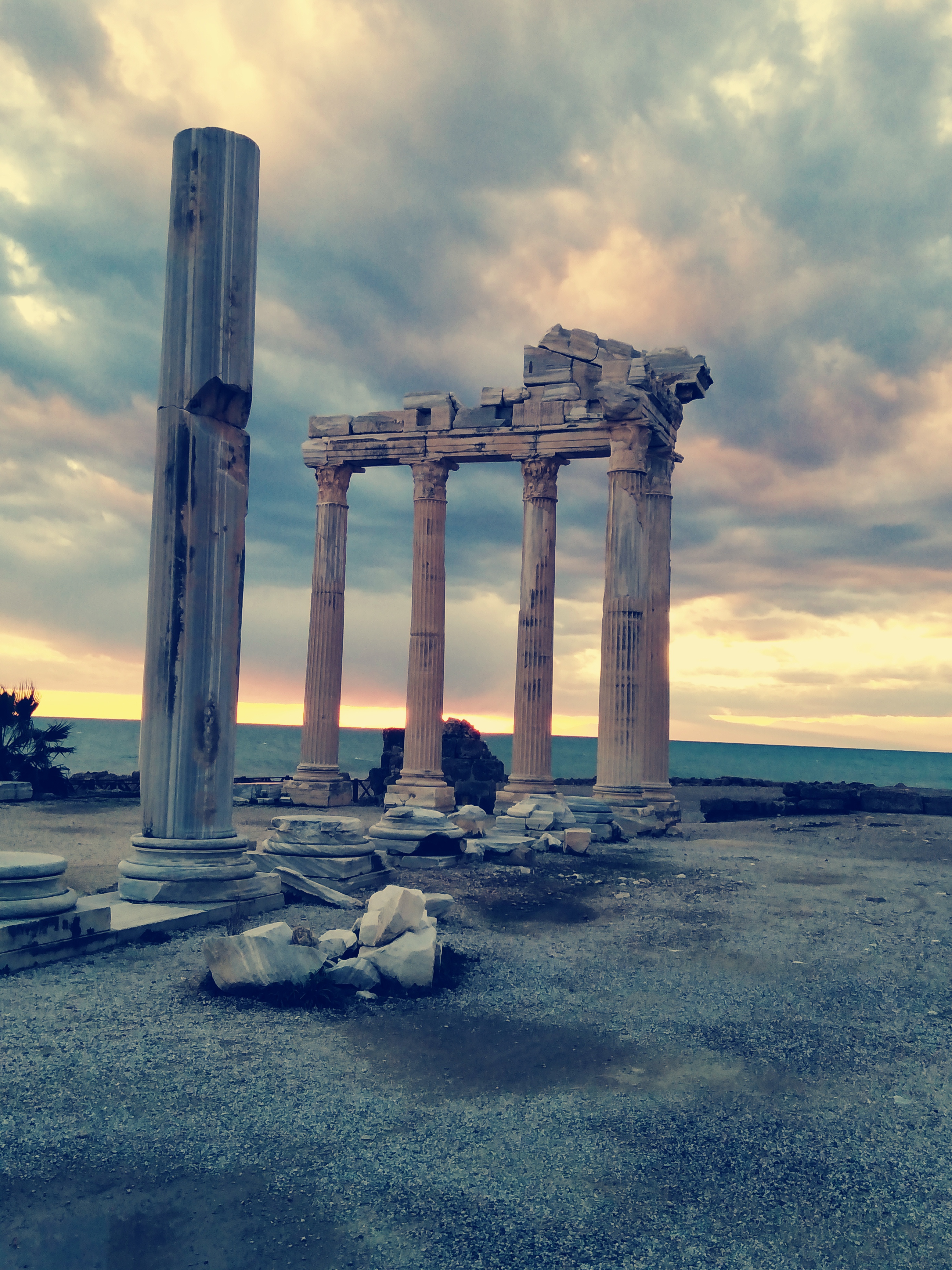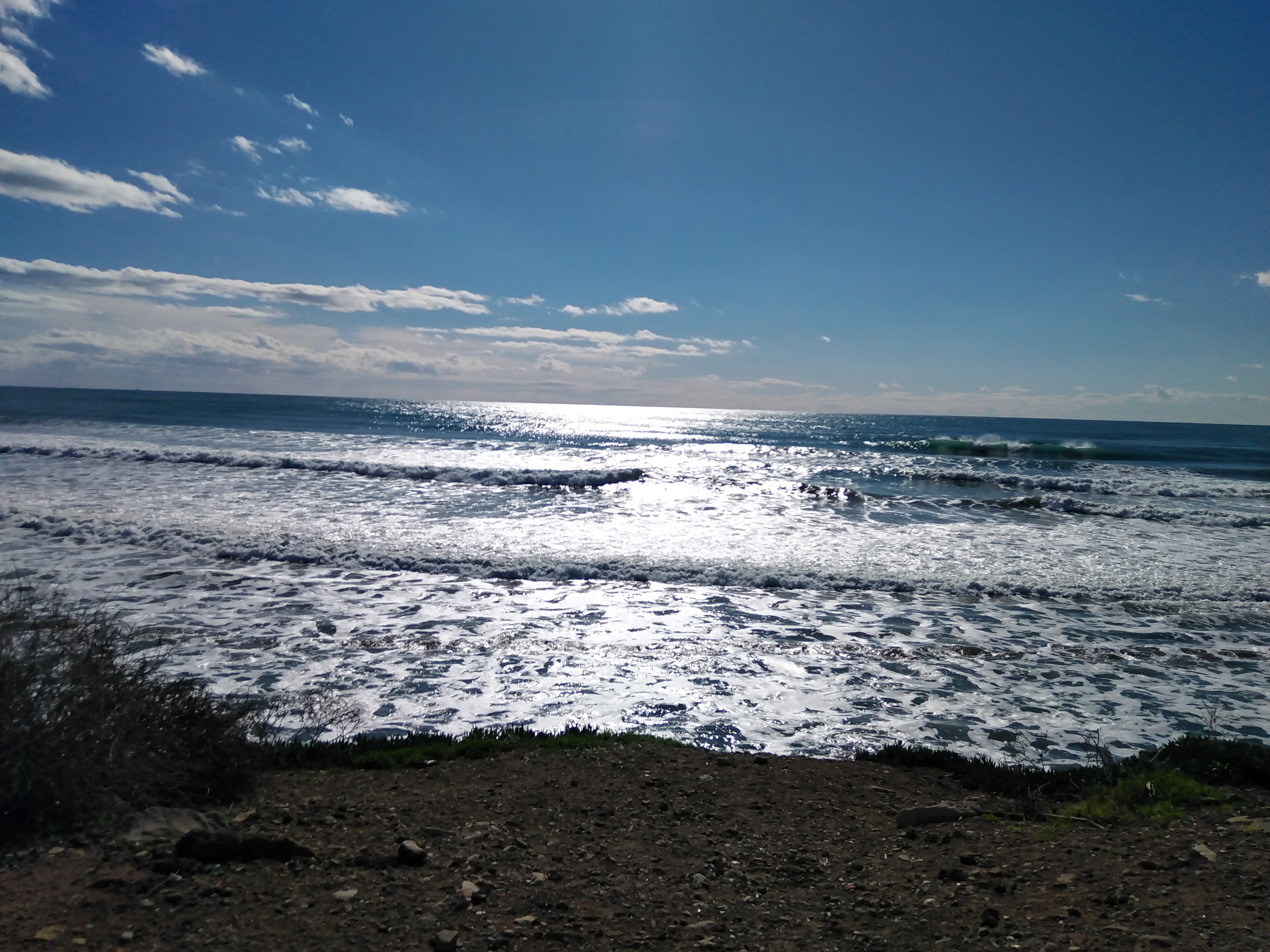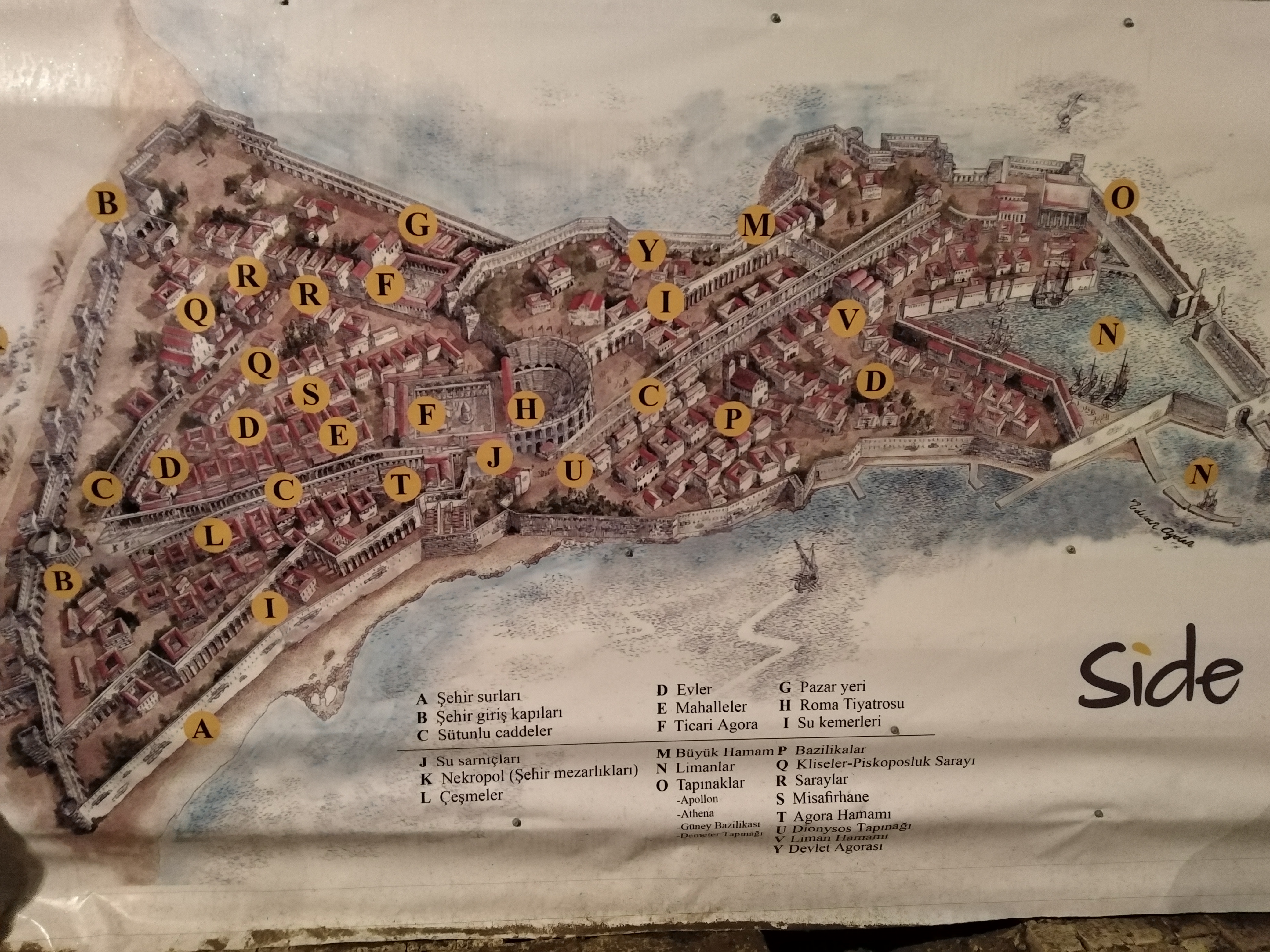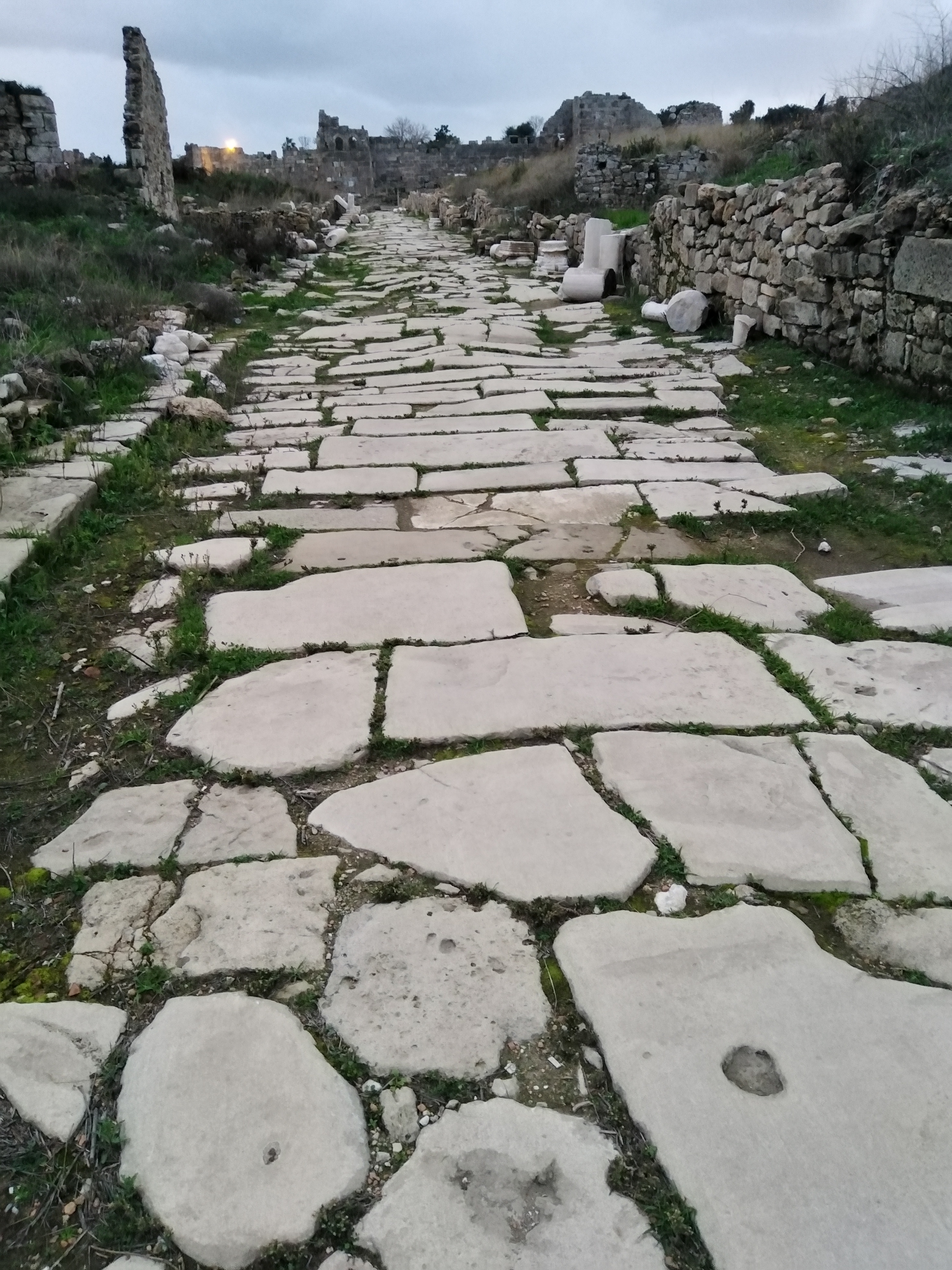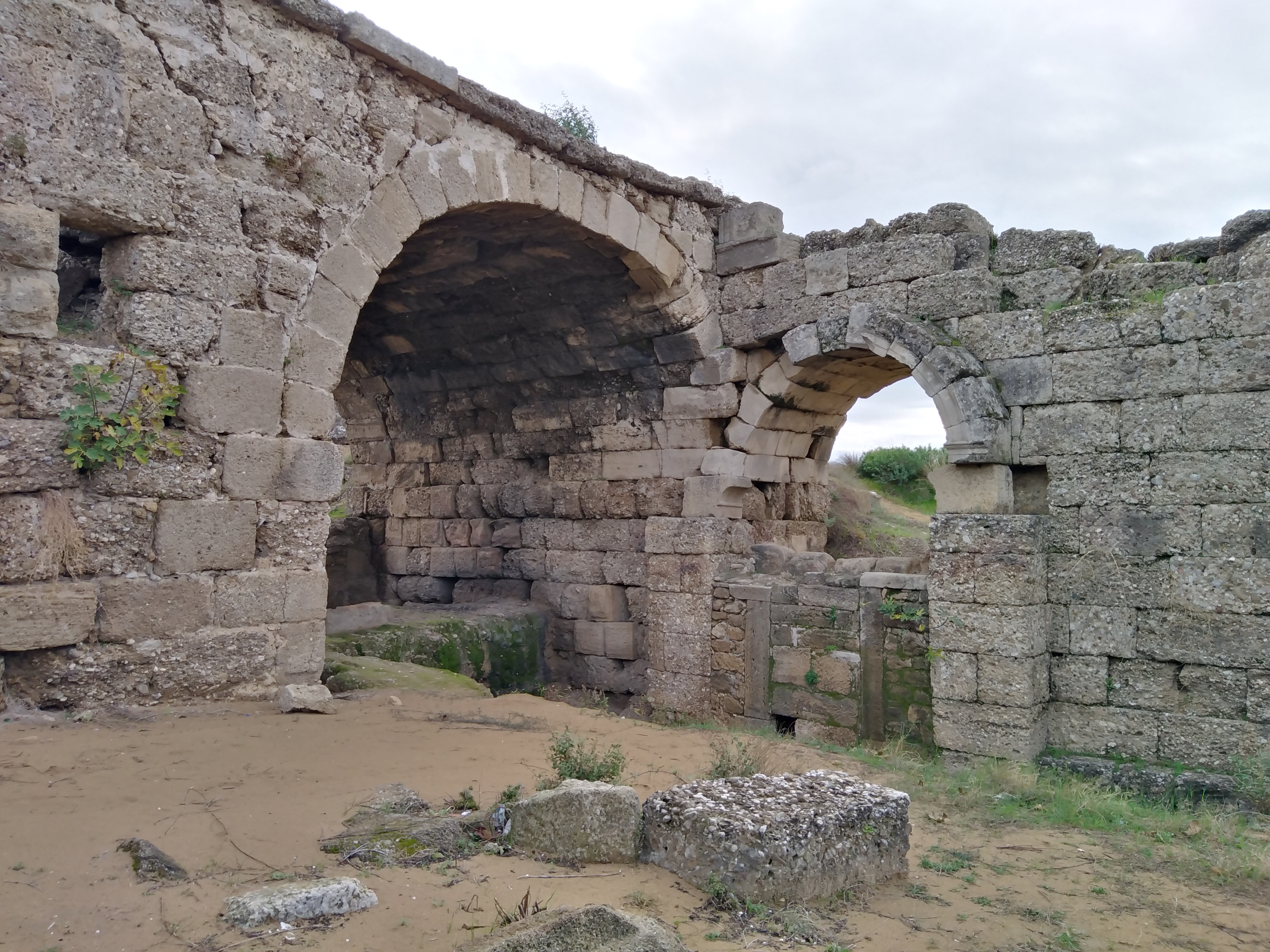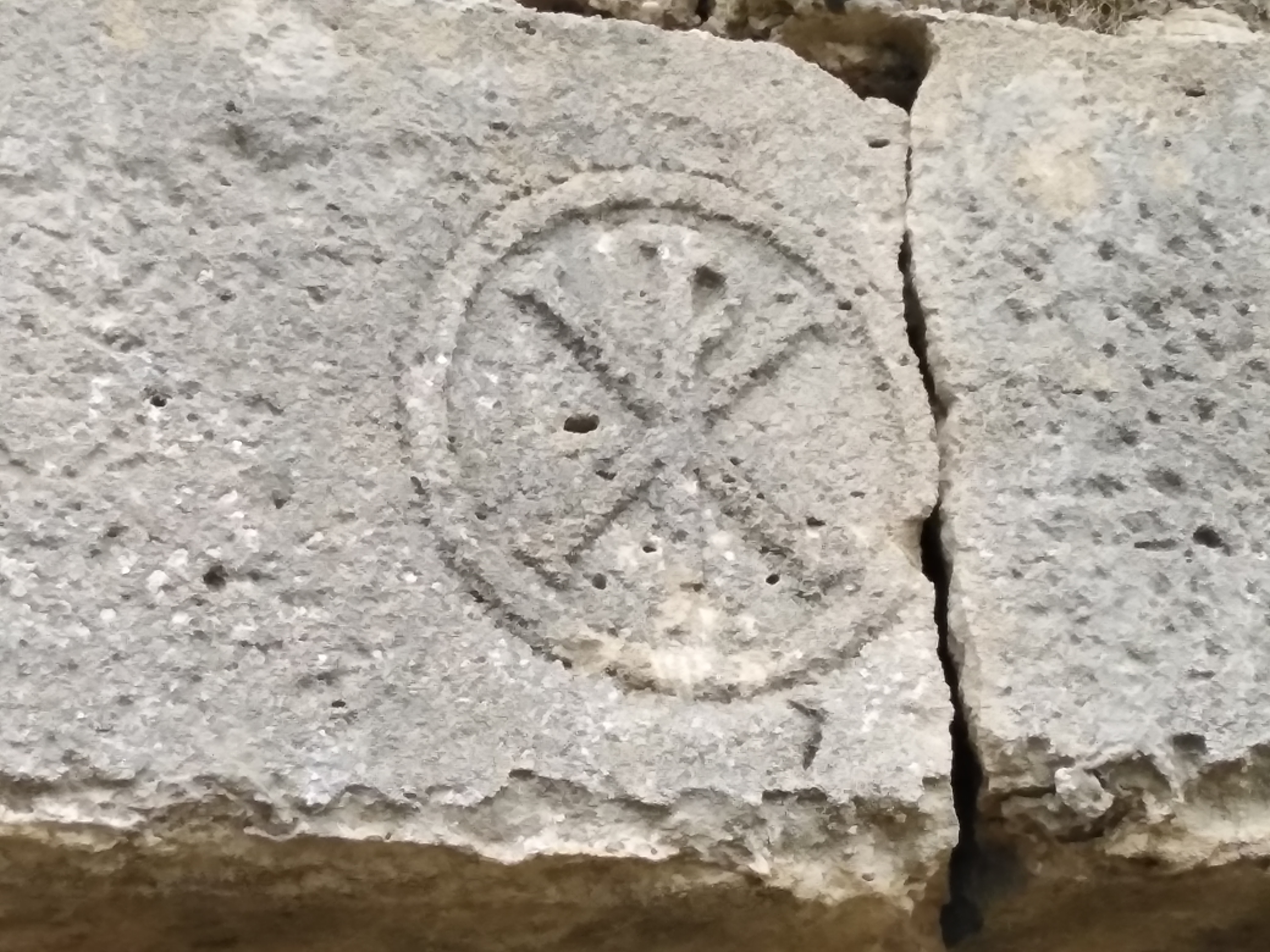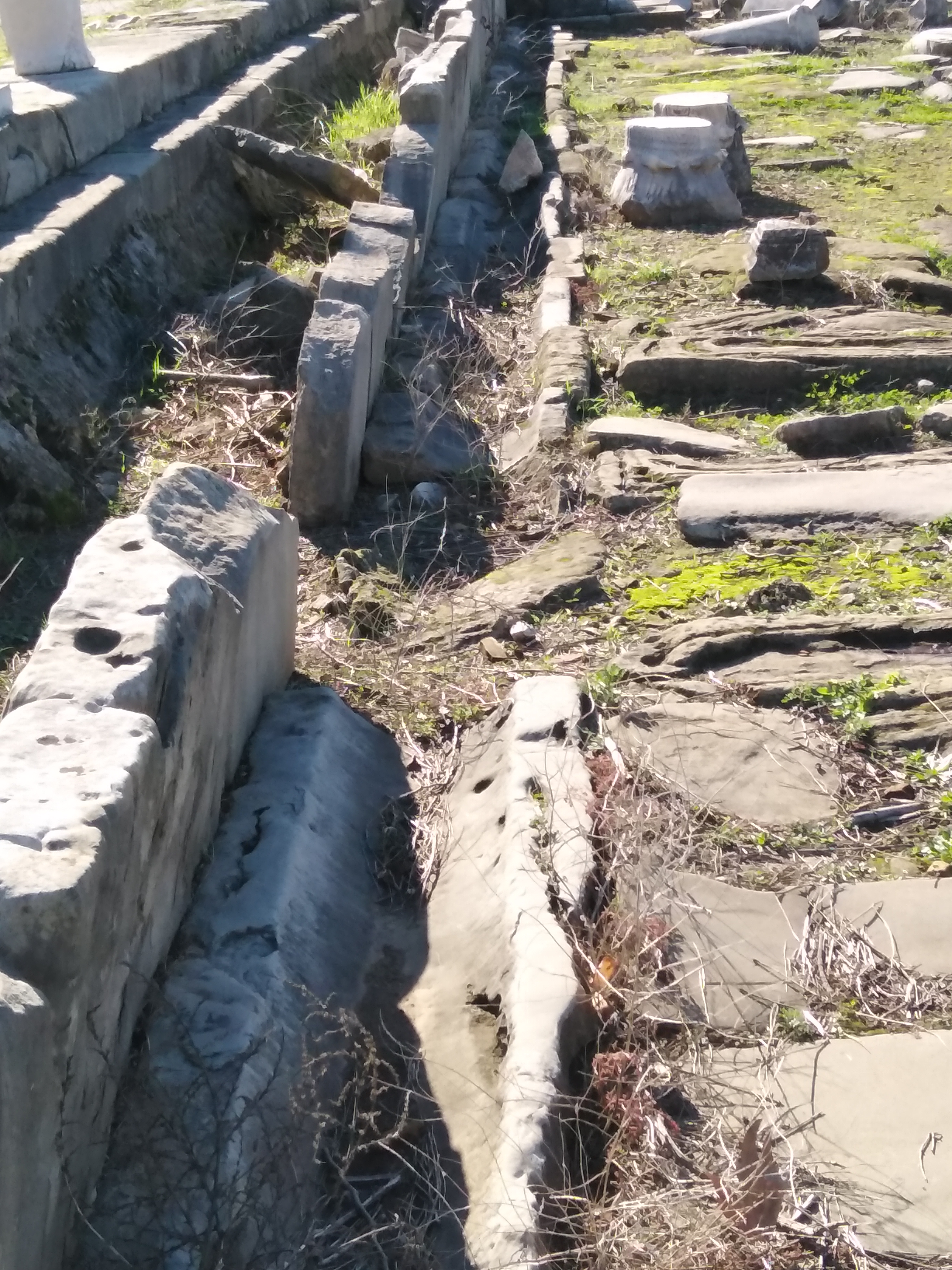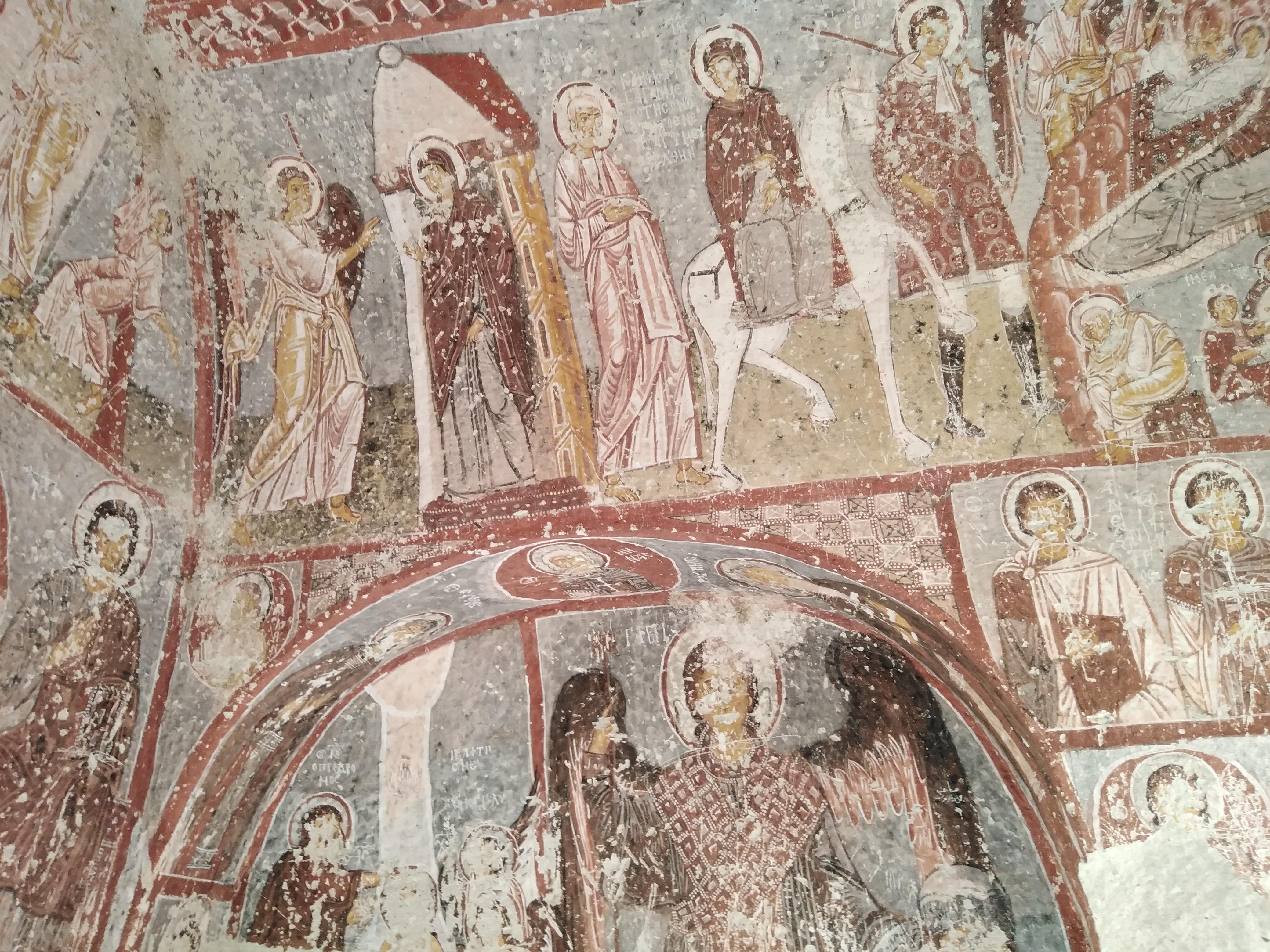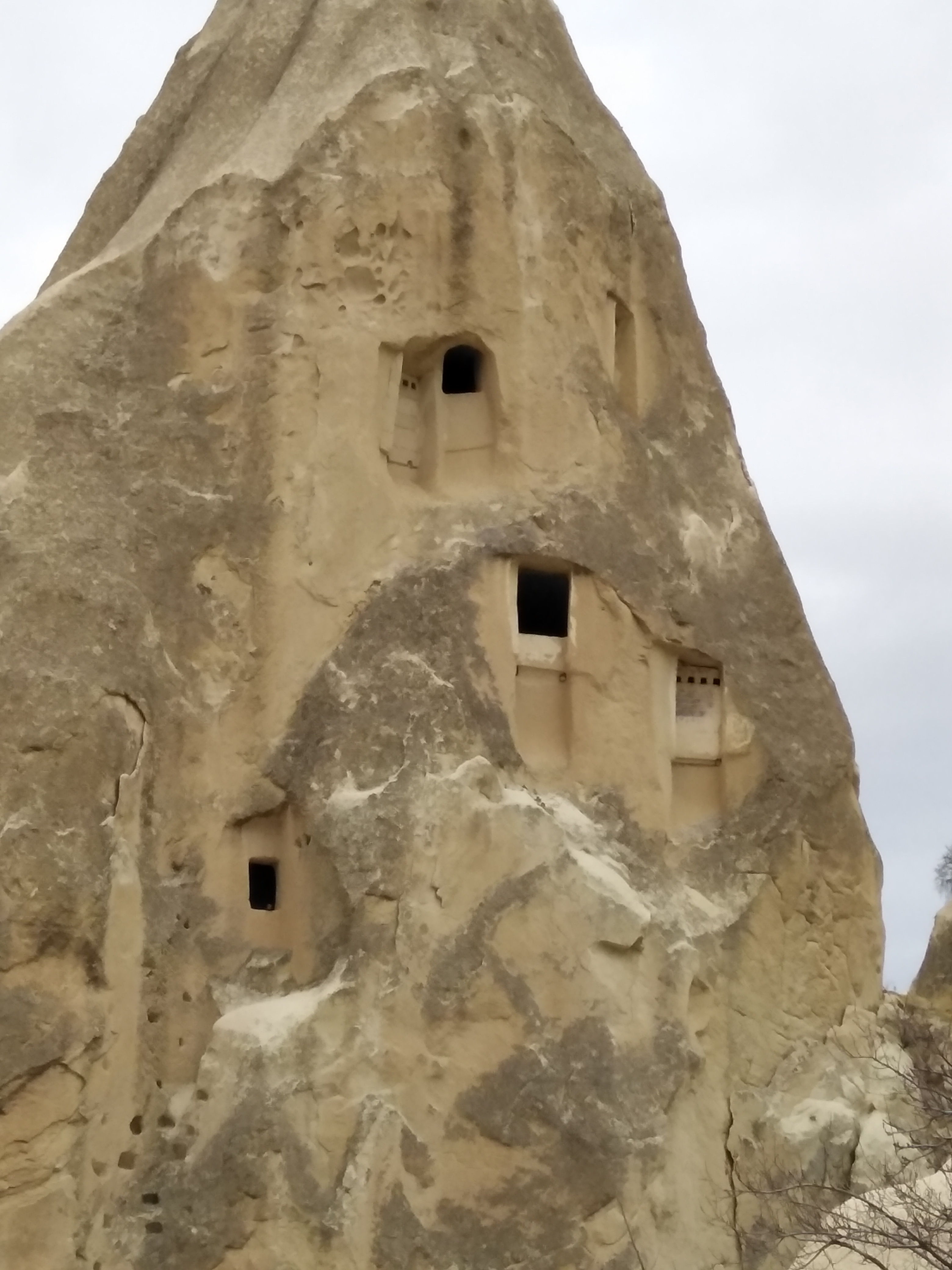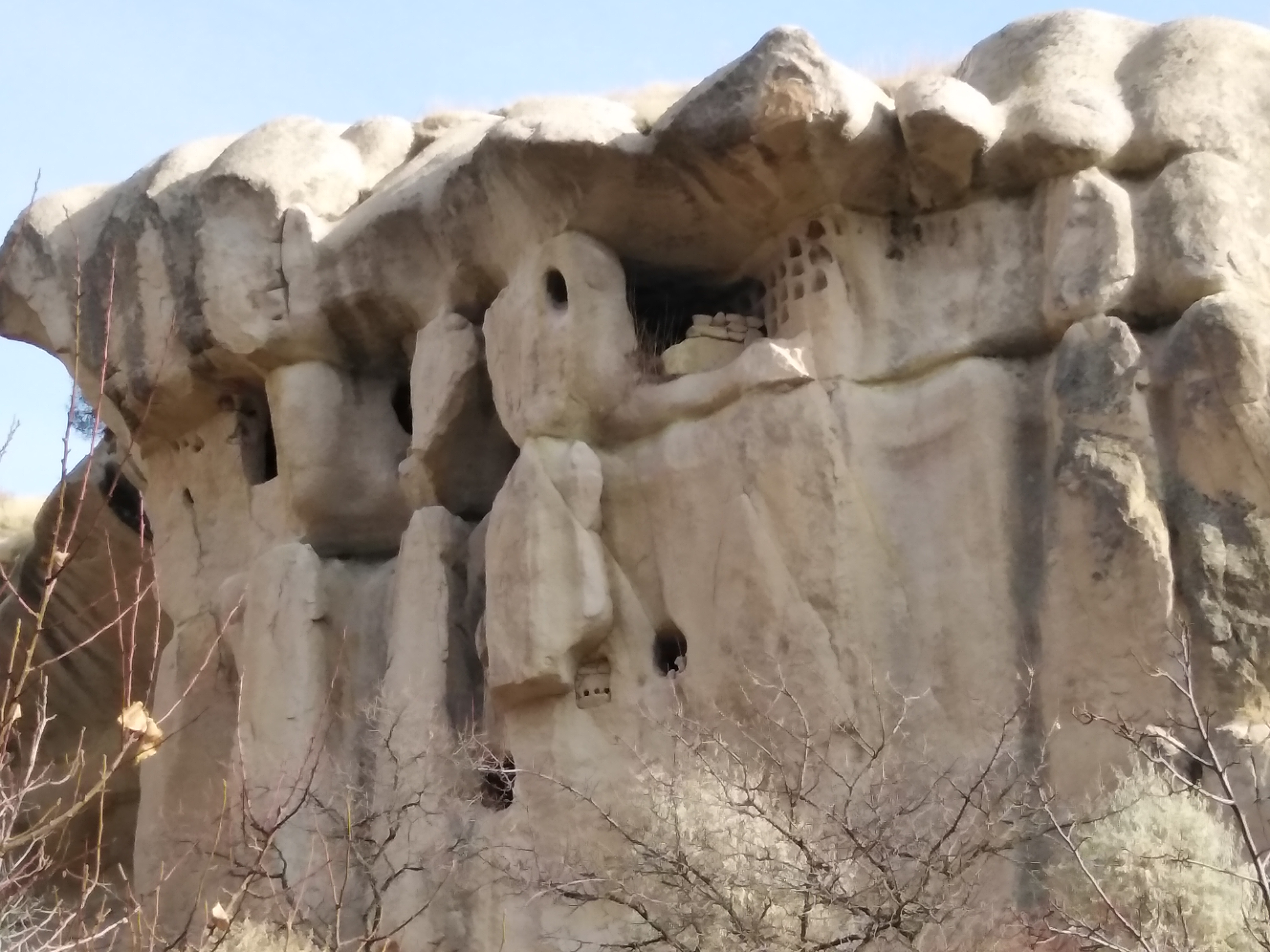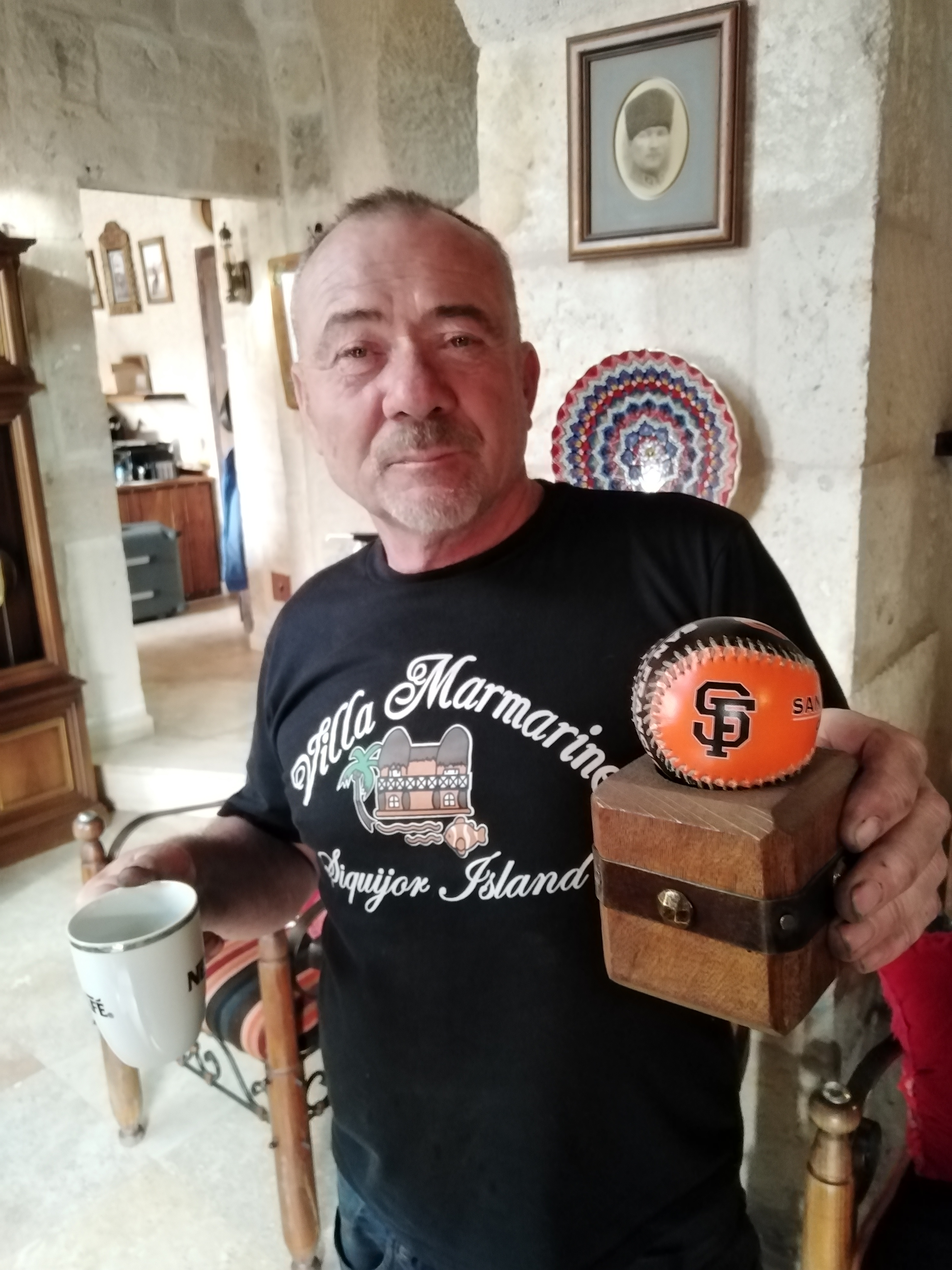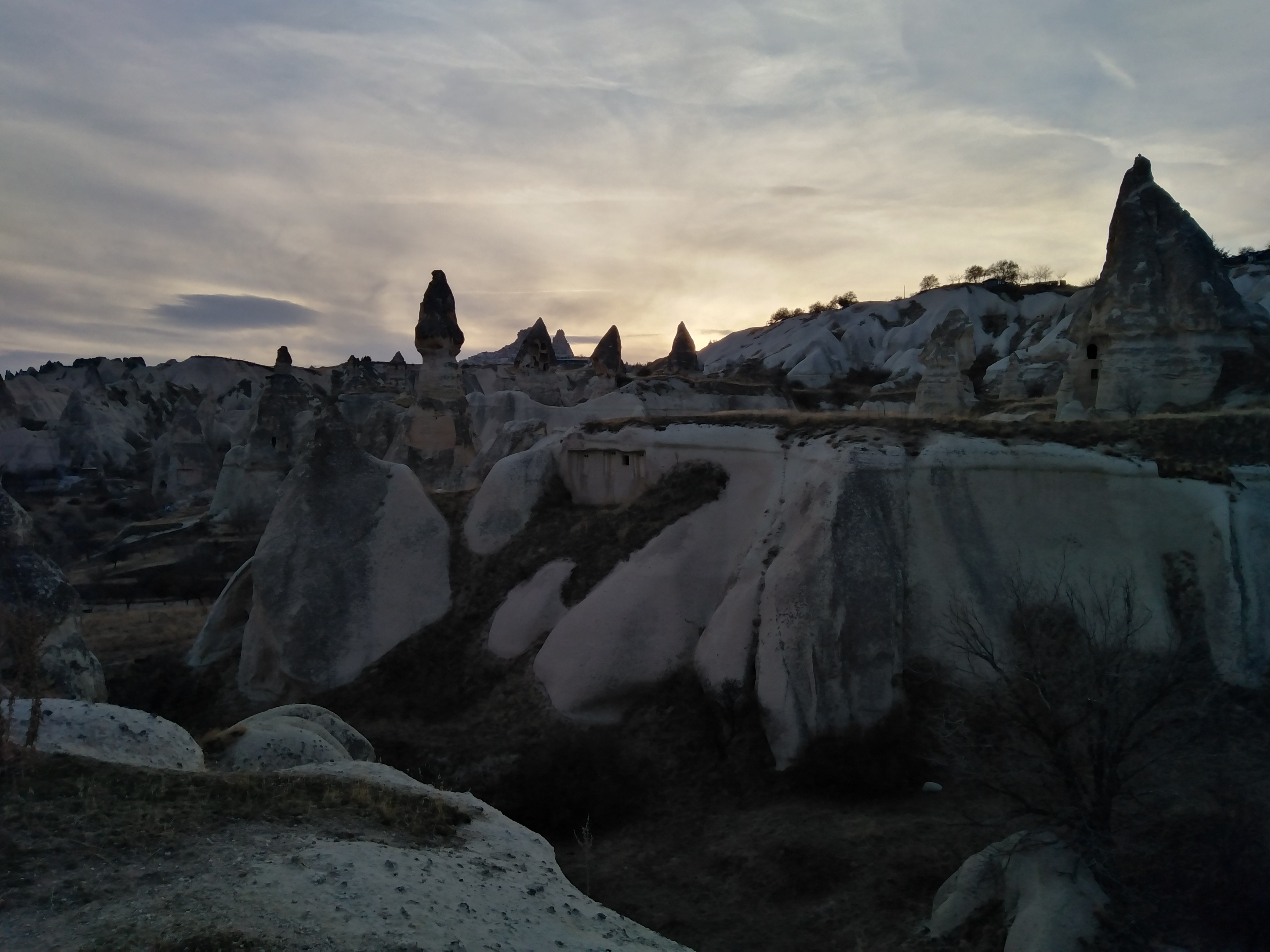The bus ride from Antalya to Nevsehir was a nightmare. Two bus rides, one screaming baby behind me, one long legged Kurd who kept bumping the seat and a cold night spent in the bus station on the floor. This was because I missed the last (mini-bus) local Dolmus to get me the final few kms. Thankfully it was a quiet bus station and I had my camping gear.
The morning was beautiful, I jumped on the first Dolmus and headed the final 20 km to Cappadocia to Goreme. I found an empty hostel, took a nap and rushed off for a quick overview of the sights. Balloon rides, check. ATV rentals, check. Chotsky shops with Cappadocia magnets, coffee mugs, ceramic mantle pieces and Aladdin hats, check. Camel Rides, check.
So as you can imagine, the town is ready for all those packaged tourists from Russia, the UK and Albania. Beyond the superficiality, there is some true beauty and magic to the area. The scenery is breathtaking; sandstone “hoodoos” and red rock cliff faces that scan the horizon, dotted by innumerable cave dwellings, testament to the Hittites and later Byzantine Monks. Gentle, meandering hiking paths, which are neither too steep or narrow, always affording you fantastic rock face views or 360’ panoramas of the valley and its nearby villages. The landscape is similar to southern Utah or parts of Nevada: dry, colorful and with hidden draws over every knoll.
Goreme is just one of many villages that make up Cappadocia. Uchisar is famous for its formidable fortress redoubt, standing solitary and noticeable throughout my hikes. Cavusin, home to the Ayvanli church and Kayseri, the birthplace of St. Basil. Cavusin is a ramshackle little village, its church closed and boarded up. The open air museum, co-opted by UNESCO, signals formalities, large crowds and higher entrance fees. I skipped this and headed off into the “bush”, aided by my offline GPS map and a backpack full of water, food and mountain money. The weather was perfect for hiking: mid fifties and plenty of sunshine.
Starting about 10am the next day, I hiked up the “Zemi” Valley, the trailhead, (which started as a dirt road) just a few minutes walk from my hostel. The trail passed the “El Nazar” church, which is conveniently closed just before Christmas to just after Easter, and winded its way northward under the cover of shriveled fruit orchards and dry creek. White sandstone cliffs faced the trail, soggy leaves and fallen tree limbs were scattered about. The occasional farm shack with ubiquitous barking dogs flanked the road to a point. Lost Russian tourists, driving unsafe and fast, would stop, get out of their car, yell something into their cellphones, snap a photo and speed off, only to backtrack minutes later as the road narrowed to a true path.
This is where the fun began. The creek started to become muddy, trees thicker and the views startling. Spires of sandstone, tiny notches dug into the soft stone, evidence of some medieval monks home. The path sauntered up and down softly to the rhythm of the creek bed, the sun splashing down at intervals through the spires of stone. A gigantic fallen tree blocked the path, its branches like an “iron maiden” , gauging me as I dropped to all fours, scraping my backpack in the process.
After about 2 hours, I came to a fork in the trail….one branch continuing on to Uchisar and the other towards higher, dryer ground, looping back to Goreme. I searched the high ground for a place to eat my lunch: nuts, bread, cheese, olives and water. Finding a spot to sit and rest was a challenge, dusty sandstone and animal dung was not appealing. Finally I chose a sunny spot, dry and clear, when a shepherd appeared over the crest with hundreds of sheep, a mule and 3 hungry dogs. He was from Afghanistan, of Uzbeck origin. Not sure how he got here in Goreme, but when he asked if I was American, I decided to pack up and skedaddle.
Winding higher above the valley floor, the sun dried out the trail and afforded me fantastic views. Columns of sandstone, pecked with entry ways, fake facades from Byzantine days would fill my eyes. People have been living here since the Hitties, but gained momentum in the 2nd century AD. Aesthetic monks had been living their lonely plight up until the 18th century, when the Greek minority was forced to flee after the Greco-Turkish war in the 1920’s.
As I pushed upwards along the path, I spotted an interesting group of doorways. I dead reckoned towards them on a south facing slope. Most of the monks’ abodes are simple and plain with no ornamentation, due to the eroding sands of time. However, my eye spotted one humble hole in particular. Climbing up the chalky surface, I crept through a small hole and was treated to an unbelievable sight of 1000 year old Christian frescoes painted on the walls and ceilings.
In ornate fashion, the whole liturgy was muralized above my head. The nativity and the birth of Jesus, his crucifixion and all the Saints that were canonized by the 12th century. St Michael defended the archway from dragons. Desecrated graves of unknown souls littered the entryway, the sun finding some nooks, its rays highlighting part of the church. I sat and contemplated the monks who painted, lived and prayed in this tiny chapel, gazing out at the vista from that craggy hole.
The following day was bright and sunny, highs in the fifties, perfect for hiking. It was January 7th, the Orthodox Christmas (sorry…no visit from St. Nick) and what a glorious scene unfolded upon me. The hike was about 8 kms through the Rose and Red valleys. Some of the highlights included Hacli Kilesi (church) which had a nice assortment of painted frescos, the Direkli Kilesi (Church of the Columns) that reminded me of something out of “Indiana Jones and the last Crusade” plus an anonymous church with only a few crosses and crypts and a few loud Russians. I forged ahead, making my own path at times, others using creeks or goat trails to get me towards the canyon opening. On the main paths, swarms of ATVS dusted me silly.
On my loop back to town as I wandered back through town, an eclectic doorway emerged on one of the “cave” pensions. It was ornamented with warped wood and wrought iron, giving it a fine rustic Turkish look. The owner, “Dervish” befriended me, offered me a cup of coffee and gave me a tour of his 3000 year old cave hotel, full of funky antiques. Turns out he lived in Holland for 20 years and has traveled all over the world, now back in his hometown, enjoying his retirement. His son is a San Francisco Giants fan.
Sunshine was abundant, the balloons taking flight over head, hearing the passengers laughing and joking as they ascended skywards. As I strolled back to town, the weekend quarantine was underway, all stores closed at 5pm. Only foreigners could be out on the streets, making for a quiet walk back to my hostel.








